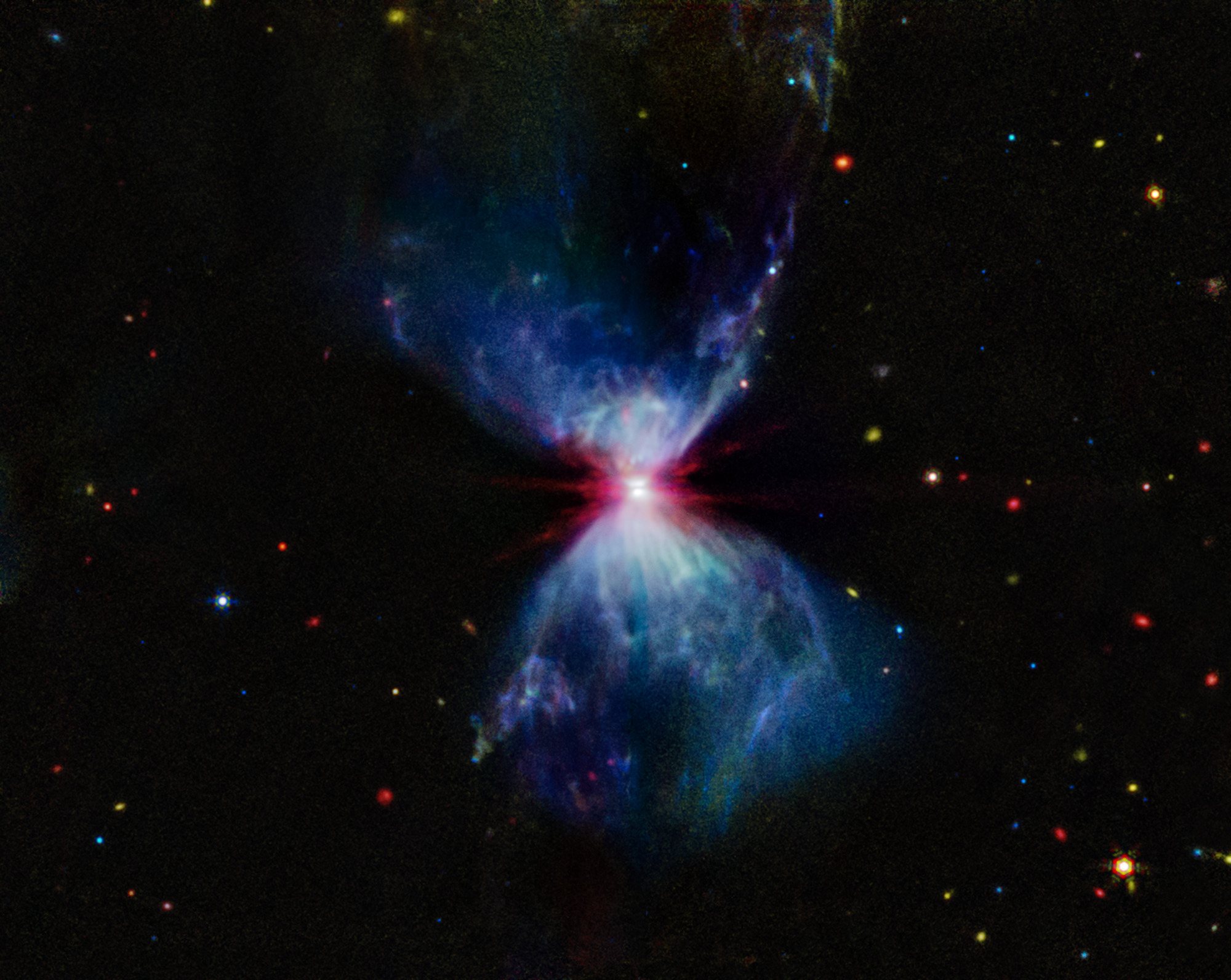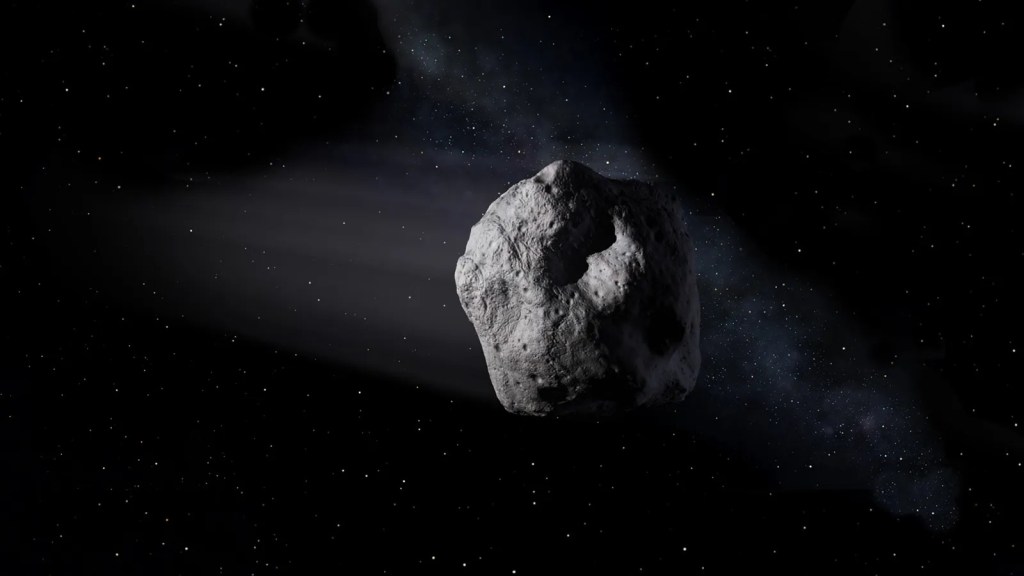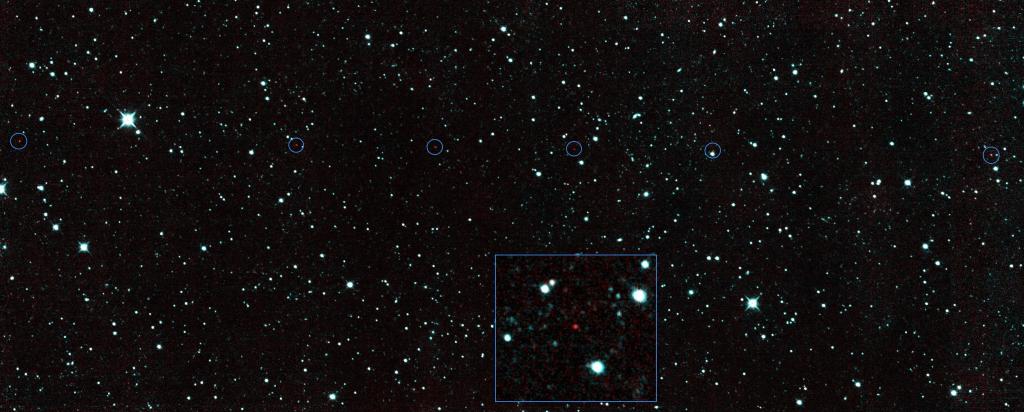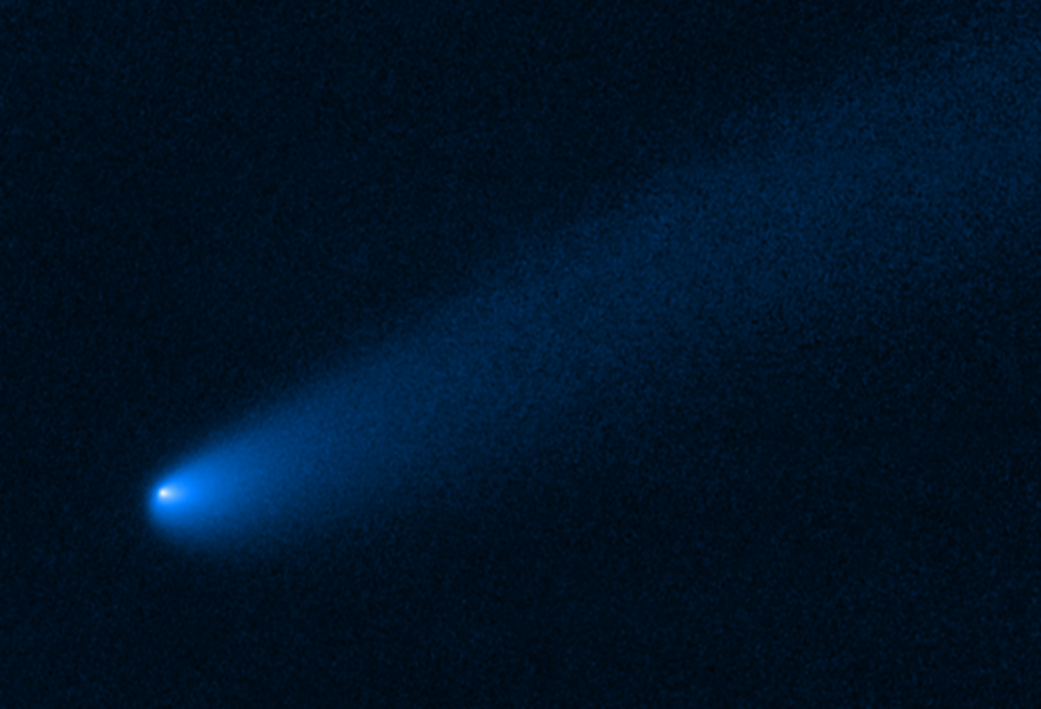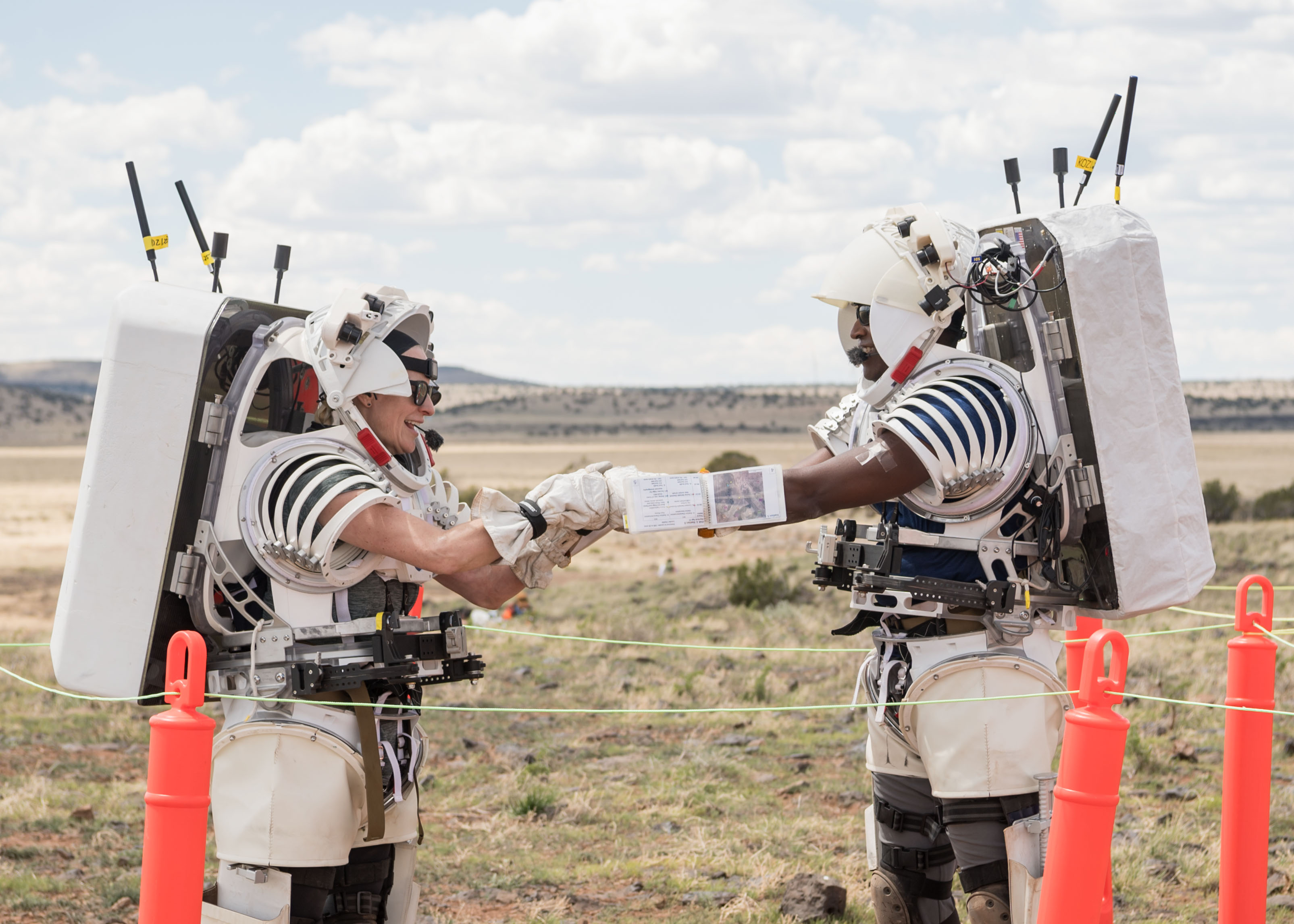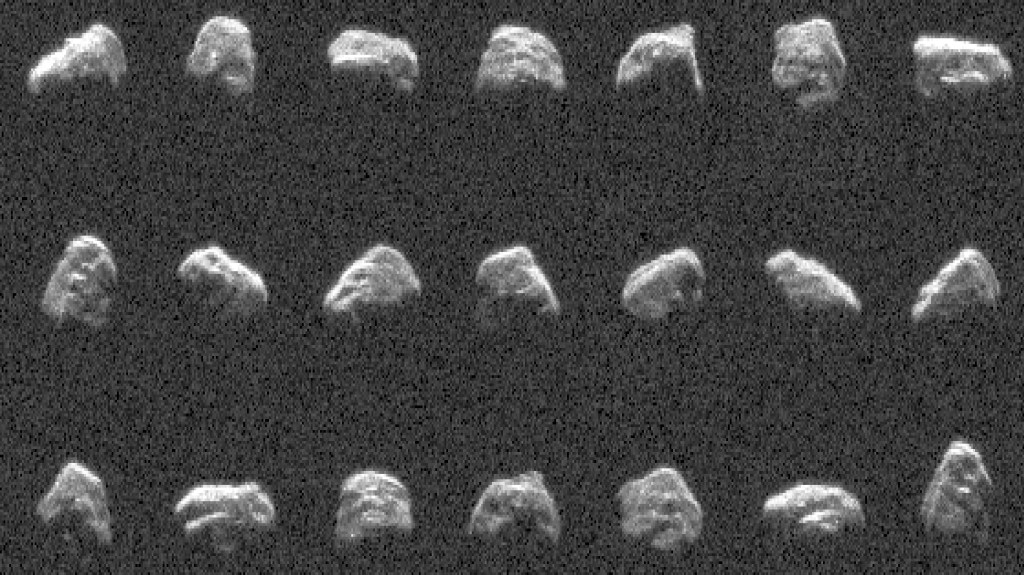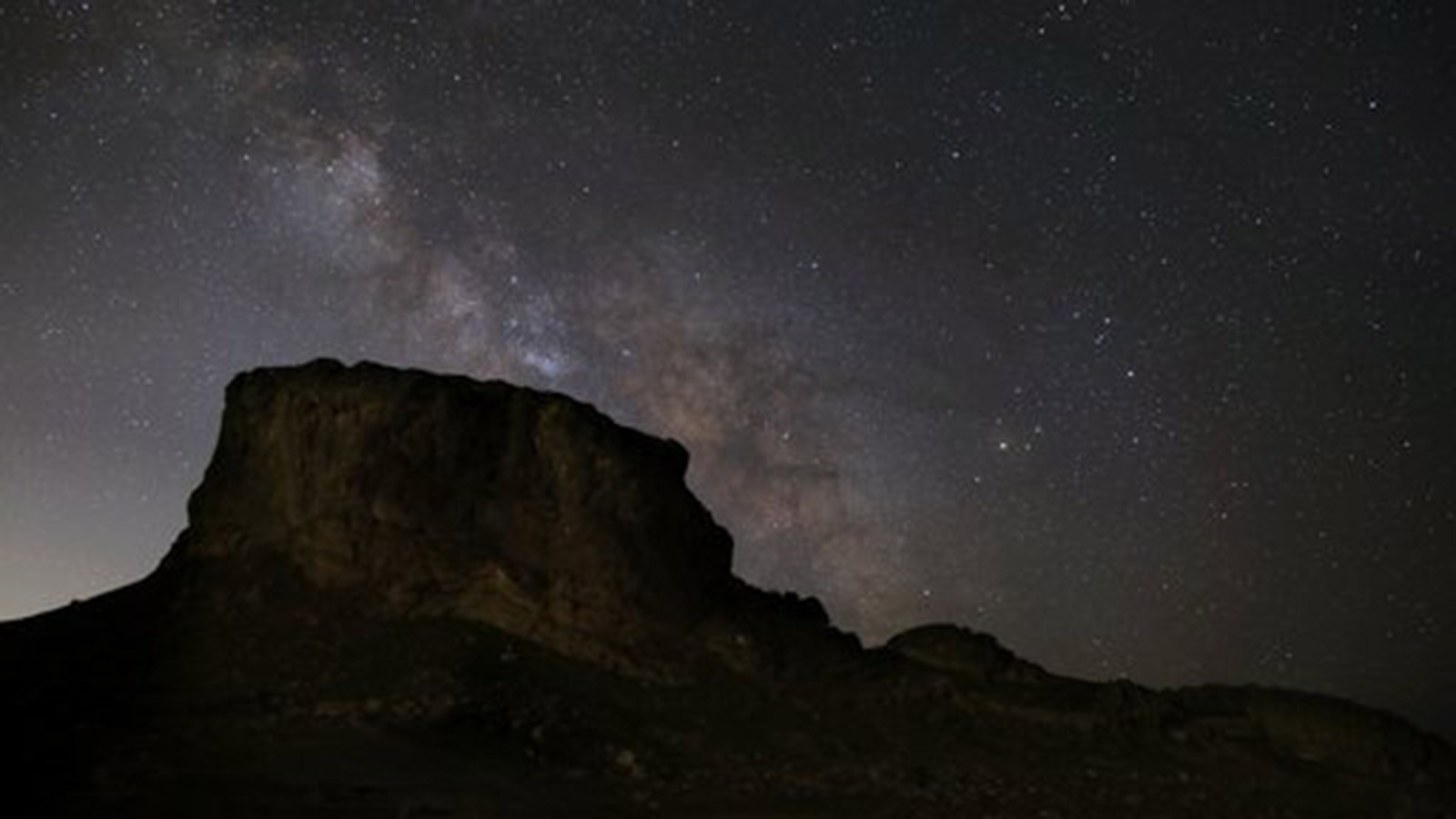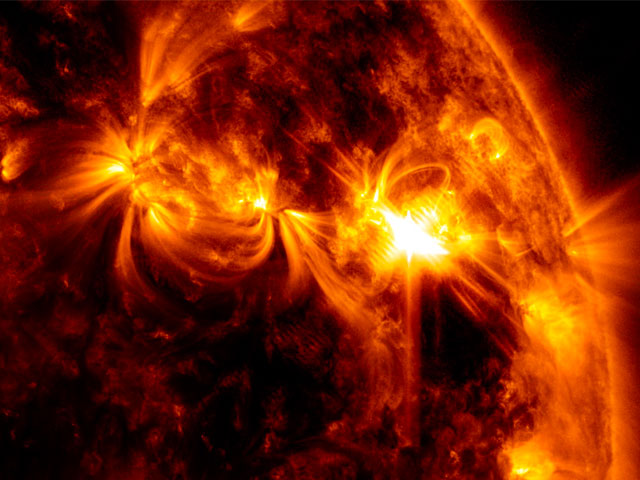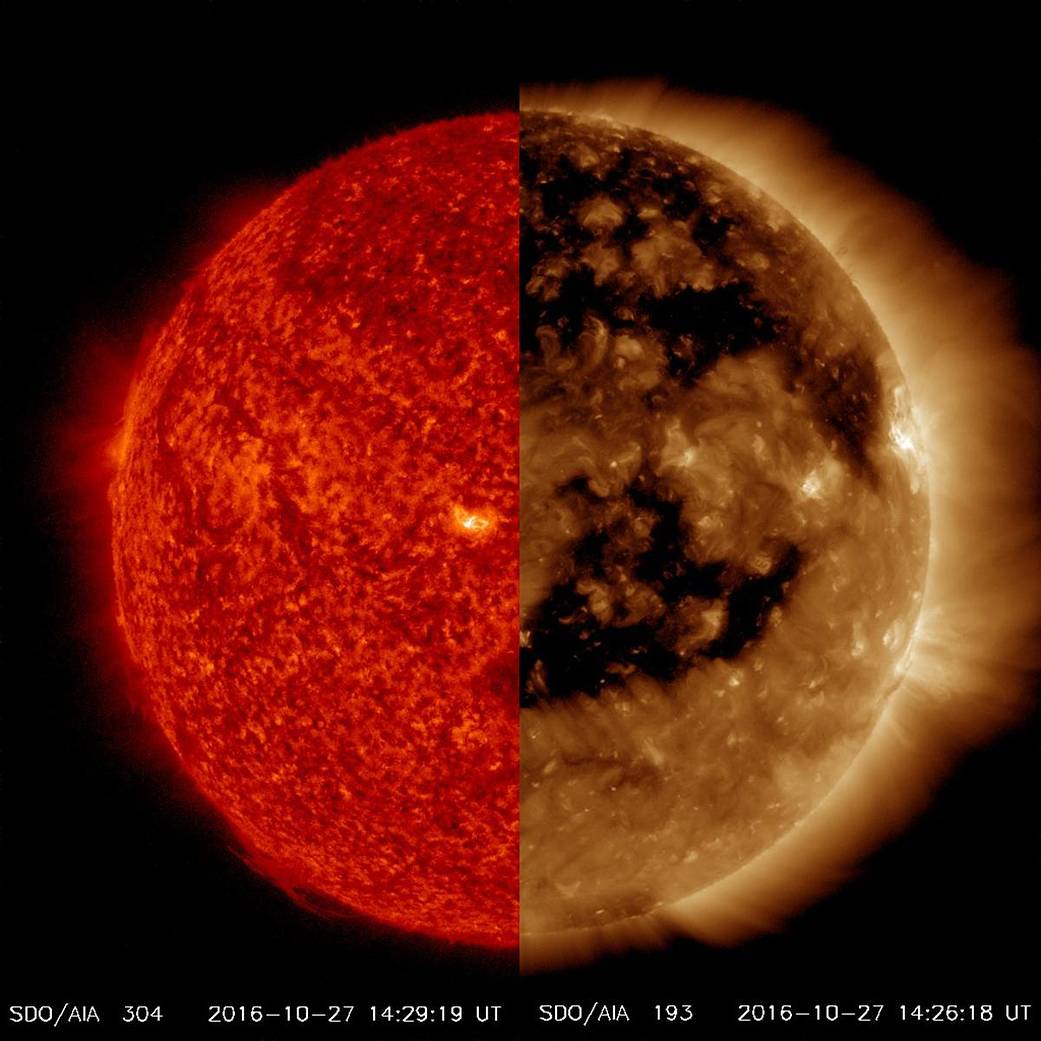The difference in features that are visible in different wavelengths of extreme ultraviolet light can be stunning as we see when we compare very large coronal holes in two images acquired by the Atmosphere Imaging Assembly (AIA) instrument on NASA’s Solar Dynamics Observatory. The coronal holes are easily seen in the AIA 171 image (colorized bronze) yet hardly perceptible in the AIA 304 image (colorized red). Both were taken at just about the same time (Oct. 27, 2016). Coronal holes are areas of open magnetic field that carry solar wind out into space. In fact, these holes are currently causing a lot of geomagnetic activity here on Earth. The bronze image wavelength captures material that is much hotter and further up in the corona than the red image. The comparison dramatizes the value of observing the sun in multiple wavelengths of light.
SDO is managed by NASA’s Goddard Space Flight Center, Greenbelt, Maryland, for NASA’s Science Mission Directorate, Washington. Its Atmosphere Imaging Assembly was built by the Lockheed Martin Solar Astrophysics Laboratory (LMSAL), Palo Alto, California.
Image Credit: NASA/GSFC/Solar Dynamics Observatory

